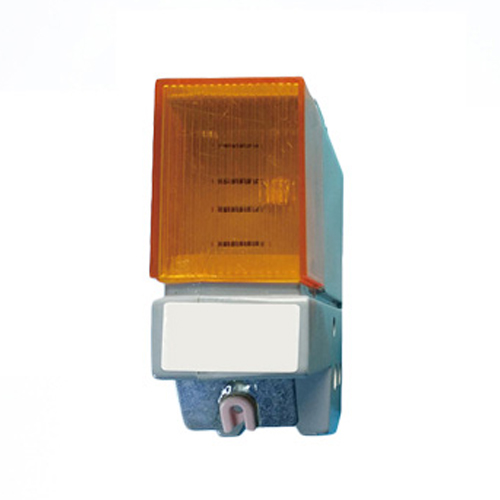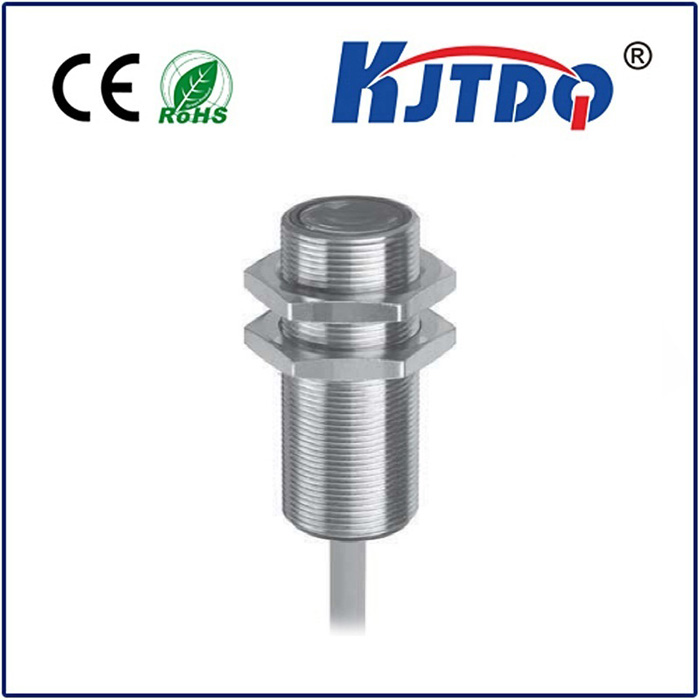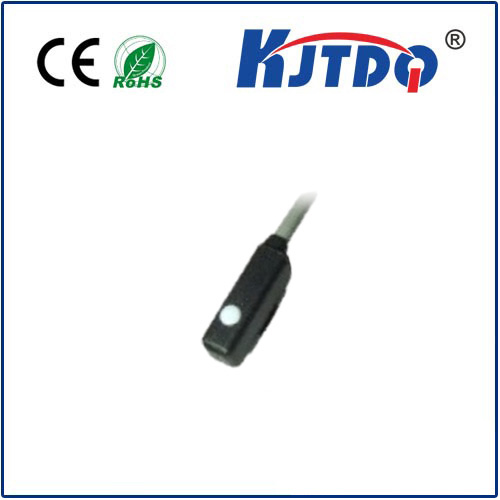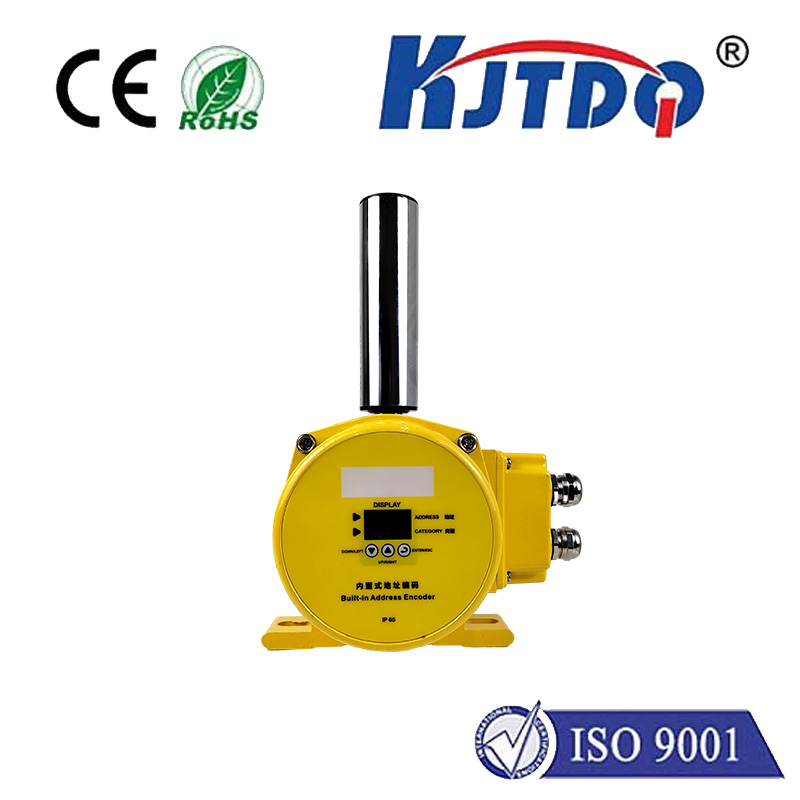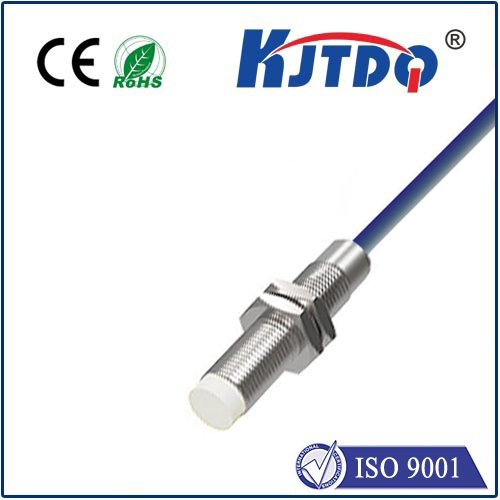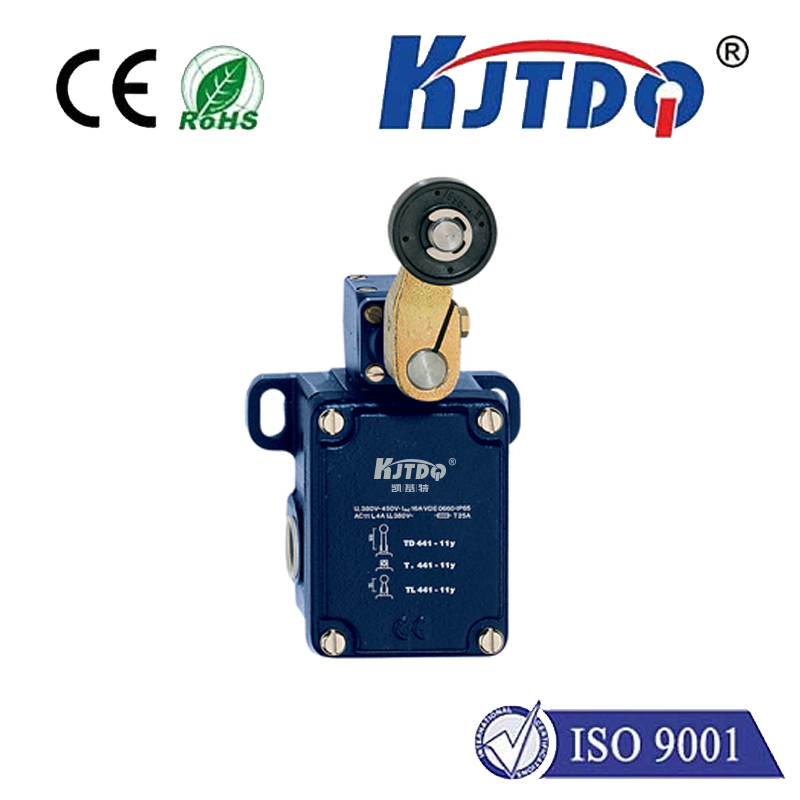BI4U-M12-AP6X-H1141 proximity sensor
- time:2025-09-22 14:50:38
- Click:0
The BI4U-M12-AP6X-H1141: Your Compact Powerhouse for Reliable Object Detection
Imagine a silent guardian on the factory floor, tirelessly monitoring the passage of components, verifying the presence of tools, or safeguarding machinery positions. This unseen vigilance is the domain of the proximity sensor, a cornerstone of modern automation. And within this critical category, the BI4U-M12-AP6X-H1141 inductive proximity sensor stands out as a remarkably dependable and versatile solution. Specifically engineered for demanding industrial environments, this sensor combines a compact M12 form factor with robust performance, making it an indispensable tool for engineers and technicians seeking precision and reliability in object detection tasks.
Understanding the Inductive Advantage
Before diving into the specifics of the BI4U-M12-AP6X-H1141, it’s essential to grasp the core technology: inductive sensing. Unlike sensors relying on light or physical contact, inductive proximity sensors detect the presence of metallic objects through electromagnetic fields. The sensor generates a high-frequency oscillating magnetic field from its active face. When a conductive metal target enters this field, it induces small eddy currents on the target’s surface. This interaction causes a detectable change in the sensor’s internal oscillation amplitude, triggering its switching output. This principle offers significant benefits: utterly contactless operation (eliminating wear), immunity to dust, dirt, oil, and moisture (crucial in harsh environments), high switching frequencies for fast-moving targets, and exceptional long-term stability.
Decoding the BI4U-M12-AP6X-H1141: A Model Breakdown

The model name itself provides a wealth of information about this specific sensor’s characteristics:
- BI4U: This typically identifies the sensor family or series brand. “BI” is a common prefix for industrial proximity sensors, often indicating a cylindrical design. The “4U” often signifies specific internal design or performance characteristics within the manufacturer’s portfolio.
- M12: This clearly defines the sensor’s thread size and housing form factor. The M12 threaded barrel is one of the most popular and standardized formats in industrial automation, known for its compact size and ease of installation. This size is ideal for applications where space is constrained.
- AP6X: This segment usually conveys critical technical specifications. “AP” often denotes features like the sensing face type or specific output configuration. Crucially, the “6” frequently represents the nominal sensing range in millimeters – in this case, 6mm. This is a highly practical range for detecting small to medium metallic parts at close quarters. The “X” often indicates particular characteristics, potentially referring to the shielded (flush-mountable) design of the sensor head. A shielded sensor can be installed flush in metal, providing greater flexibility in mounting, especially in tight spaces, though typically with a slightly reduced range compared to unshielded versions.
- H1141: This suffix typically pinpoints the electrical output configuration and connection details. While manufacturer-specific, “H” might denote the voltage range (e.g., 10-30V DC), “1” could indicate a specific output type (like NPN Normally Open, NO), and the subsequent digits often define the connection method (e.g., pre-wired cable with specific length and connector type, or a connector style). For the BI4U-M12-AP6X-H1141, this commonly translates to a 3-wire DC sensor with an NPN normally open (NO) transistor output and a pre-wired cable connection.
Key Features & Technical Capabilities
Building on the model code insights, the BI4U-M12-AP6X-H1141 packs a punch with its technical profile:
- Compact & Robust M12 Housing: Built to withstand the rigors of industrial settings. Its metallic or robust PBT plastic housing offers excellent resistance to impact and vibration.
- Inductive Sensing Principle: Reliably detects ferrous and non-ferrous metals without physical contact.
- 6mm Shielded Sensing Range: The AP6X designation confirms this practical range, allowing detection of targets within 6mm of the active face. The shielded design (flank-mountable) enables installation flush in metal, a significant advantage in many machine designs.
- NPN Normally Open (NO) Output (Typical): As interpreted from H1141, this output type (sourcing common) is widely compatible with PLC inputs and control systems, activating when a target is detected. Always verify specific output against datasheet.
- Operating Voltage: Typically operates on a standard 10-30V DC supply, making it compatible with most industrial control circuits.
- High Protection Rating: Engineered to meet IP67 or even IP68 ingress protection standards. This means it is completely dust-tight and can withstand immersion in water (IP67: up to 1m for 30min; IP68: deeper immersion as specified). This resilience is vital for washdown areas, outdoor use, or dusty/dirty factories.
- High Switching Frequency: Capable of detecting rapidly moving targets, essential for high-speed production lines.
- LED Status Indicator: Usually includes an LED that visually signals power status and switching state (detection), simplifying diagnostics and setup.
Where the BI4U-M12-AP6X-H1141 Shines: Applications
The combination of its compact M12 size, reliable 6mm sensing range, shielded design, robust build, and standard electrical interface makes the BI4U-M12-AP6X-H1141 incredibly versatile across numerous industries:
- Factory Automation: Position detection of cylinders, end stops, clamps, slides, and robotic arms. Verifying part presence on conveyors, in palletizers, or at assembly stations. Monitoring tool changes in CNC machining centers.
- Packaging Machinery: Detecting metallic components like lids, cans, foils, or fill levels (using metallic targets). Verifying carton presence or overwrap application. End-of-line checks.
- Material Handling: Position sensing in linear guides, lifts, and automated guided vehicles (AGVs). Detecting pallet presence on racks or conveyors.
- Automotive Manufacturing: Monitoring robotic welding cells, verifying part fixtures, detecting components on transfer lines, and controlling paint shop processes (position sensing).
- Machine Tools: Tool presence/breakage detection, chuck/open-close verification, part positioning on lathes and mills.
- Food & Beverage (Where Suitable): Position control in stainless steel machinery, detecting metal cans or lids (ensuring the sensing face material is food-safe if direct contact is possible).
Why Choose the BI4U-M12-AP6X-H1141?
In the crowded market of inductive proximity sensors, the BI4U-M12-AP6X-H1141 offers a compelling blend of attributes. Its standardized M12 form factor ensures easy integration and wide availability of mounting accessories. The 6mm shielded (flush-mountable) sensing range provides flexibility in cramped installations while maintaining reliable detection. Robust construction with high IP ratings guarantees dependable performance in challenging environmental conditions like dust, moisture, and vibration. The common NPN NO output configuration ensures broad compatibility with industrial control systems. Ultimately, it delivers consistent, contactless metal detection in a small, tough, and industry-standard package, making it a trusted workhorse for countless automation engineers seeking dependable object detection solutions. When reliability, durability, and ease of use are paramount













